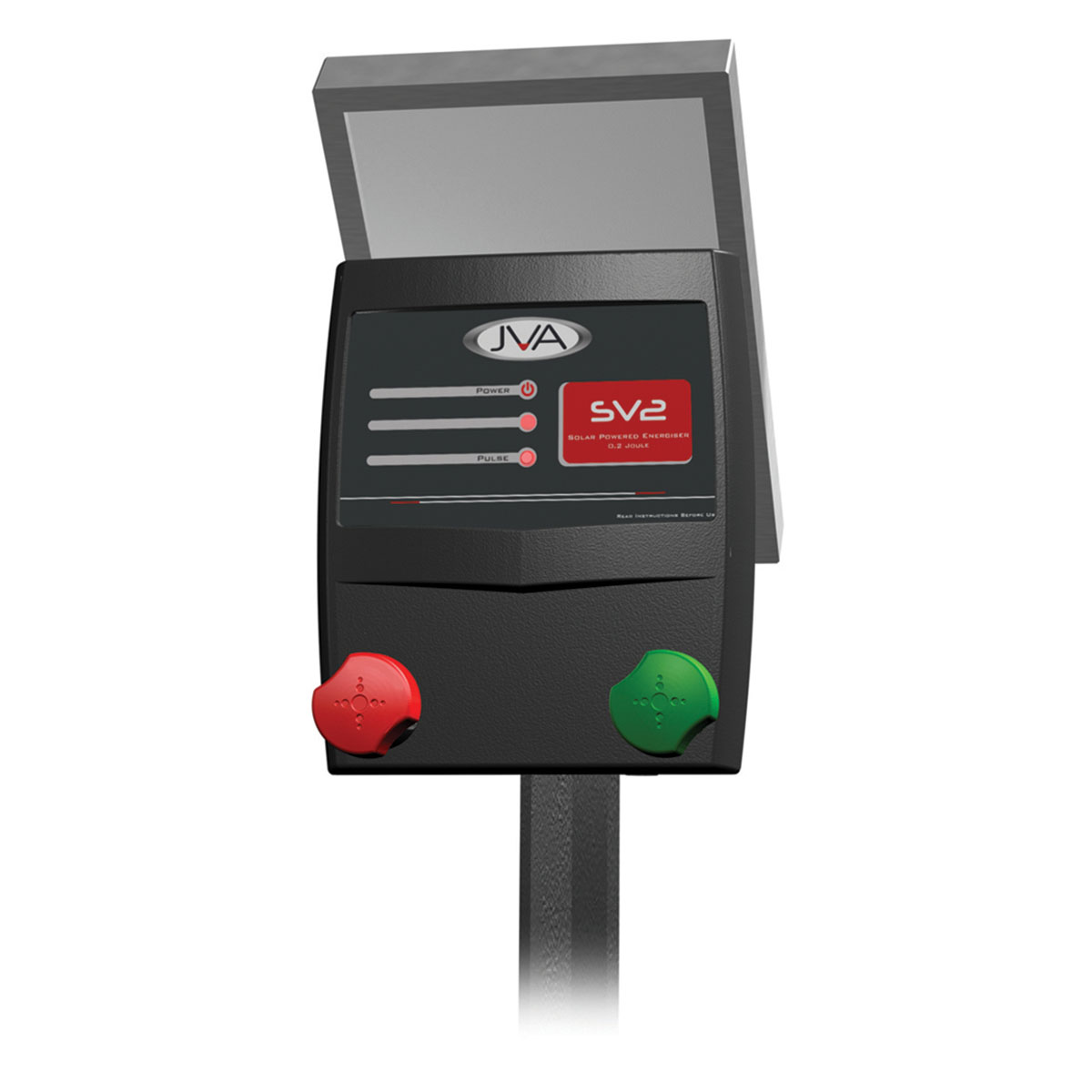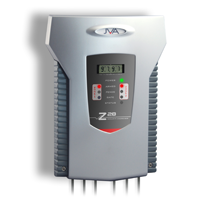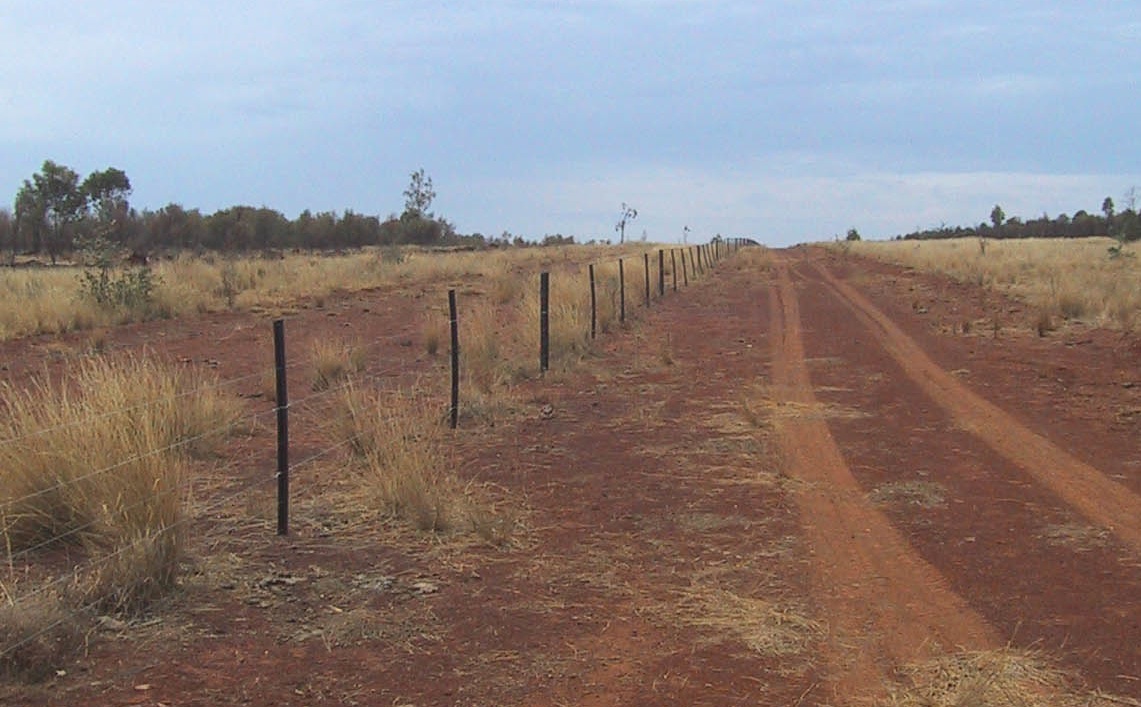Energisers
- Electric Fence Energiser Types
- Types of Energisers:
Electric Fence Energiser Types
"Energisers are the power source for electric fences, they are also known as Fencers, Energizers (US spelling), Controllers or Chargers. They range in power output from very small units designed to power a few meters of hot tape to keep Fido out of the flower bed to massive units designed to power hundreds of kilometers of fence.
Energisers (we use the English spelling) can be divided into two basic types by application, those designed for farms and those designed for security. Or we can divide into four or more types based on power supply, mains (110-240Vac), battery, solar and combinations of these.
In this article we will explore this range.
Back to top
Types of Energisers:
Agricultural

Agricultural energisers are basically a power source for the pulses of high voltage which give the live wires of the fence their "bite". Contrary to popular belief these pulses are not "low current". They were once, very early energisers emitted a burst of high voltage AC at low current. Since the 1970's most energisers have been "low impedance", capacitor discharge types. The pulse from these energisers is "safe" because it is very short, even though the current can be quite high. Anyone who knows Ohms law can verify this using the voltage on load specifications. The JVA B12 energiser (pictured) delivers approximately 7000V at 500 ohms, or 14A. The safety of these energisers hinges on a lot of good science work done by the likes of Charles Dalziel.
For more on how energisers are rated, please see: Electric fence ratings,
terminology and units
I will discuss the difference between mains and battery (low voltage DC) input energisers in a later article.
Back to top
Solar Powered Energisers

Of the three main power sources used for agricultural energisers surely the most interesting is solar. Solar powered energisers take advantage of the free energy from the sun. In truth these are battery (usually 12V DC) energisers with the addition of a suitably sized solar panel. Smaller units like the JVA SV2, pictured, often house the battery inside the energiser enclosure. Higher powered units require much larger batteries in order to keep running for several overcast days, so these are often simply placed on the ground below the energiser and a connection made with flying leads and clips.
The solar panel charges the battery adequately if conditions are optimal. The solar panel needs as much direct sunlight as possible, preferably full sun all day. Solar powered energisers, unlike small solar powered items such as calculators, need direct sunlight to generate enough electricity to charge the battery. Mount the solar panel so that it is facing the noon sun. That is facing to the north in the southern hemisphere OR south in the northern hemisphere, with an angle roughly equal to the latitude of the location.
Back to top
Security Energisers

Electric fence energisers designed for security are much more complicated than agricultural units. Again contrary to popular opinion, they are not more powerful, nor more dangerous, than farm energisers. Non lethal security energisers are covered by the same standards as farm energisers. They do contain many more features including a monitor circuit which checks that the fence is operating correctly and sounds an alarm (often silent) if it is being tampered with. In operation they resemble a building alarm panel, complete with keypad, arming codes etc.
For more information on security electric fences see www.jva-fence.com and www.stunfence.com.au.
Back to Top

 Electric Fences.net is written with the purpose of providing free, quality information about electric fencing.
Electric Fences.net is written with the purpose of providing free, quality information about electric fencing.